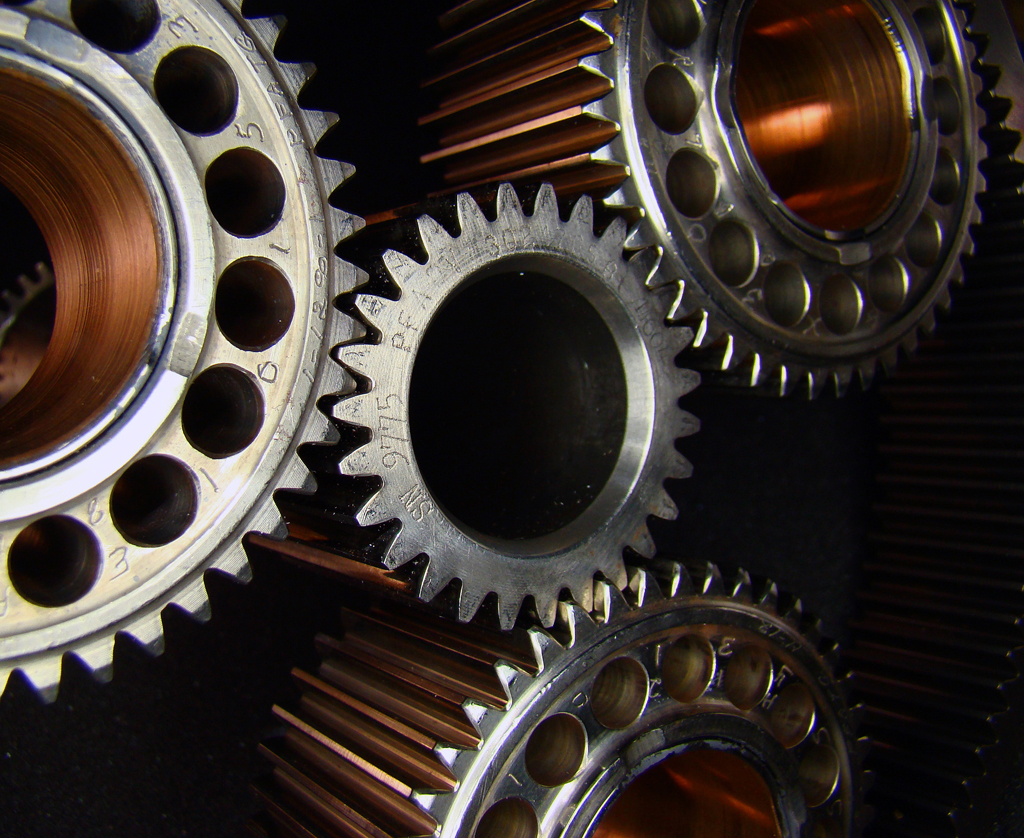|
PT6 (other)
PT6 or PT-6 may refer to: *Pratt & Whitney Canada PT6, a popular turboprop aircraft engine *Cunningham-Hall PT-6 The Cunningham-Hall Model PT-6 was an American six-seat cabin biplane aircraft of the late 1920s and was the first design of the Cunningham-Hall Aircraft Corporation of Rochester, New York. Development and design The Cunningham-Hall Aircraft Co ..., an American six-seat cabin biplane aircraft of the 1920s * Nanchang PT-6, export version of the Chinese Nanchang CJ-6 basic trainer aircraft * Consolidated PT-6, a variant of a two-seat trainer and sports plane of the 1920s and 1930s * ''USS PT-6'', a pre-World War II PT-boat, see PT boat#History {{Letter-Number Combination Disambiguation ... [...More Info...] [...Related Items...] OR: [Wikipedia] [Google] [Baidu] |
Pratt & Whitney Canada PT6
The Pratt & Whitney Canada PT6 is a turboprop aircraft engine produced by Pratt & Whitney Canada. Its design was started in 1958, it first ran in February 1960, first flew on 30 May 1961, entered service in 1964 and has been continuously updated since. It consists of two basic sections: a gas generator with accessory gearbox and a free power turbine with reduction gearbox, and is often seemingly mounted backwards in an aircraft in so far as the intake is at the rear and the exhaust at the front. Many variants of the PT6 have been produced, not only as turboprops but also as turboshaft engines for helicopters, land vehicles, hovercraft, and boats; as auxiliary power units; and for industrial uses. By November 2015, 51,000 had been produced, had logged 400 million flight hours from 1963 to 2016. It is known for its reliability with an in-flight shutdown rate of 1 per 651,126 hours in 2016. The PT6A covers the power range between while the PT6B/C are turboshaft variants for he ... [...More Info...] [...Related Items...] OR: [Wikipedia] [Google] [Baidu] |
Cunningham-Hall PT-6
The Cunningham-Hall Model PT-6 was an American six-seat cabin biplane aircraft of the late 1920s and was the first design of the Cunningham-Hall Aircraft Corporation of Rochester, New York. Development and design The Cunningham-Hall Aircraft Corporation was formed in 1928 and the first design was the PT-6 (Personal Transport 6-place), which first flew on April 3, 1929. It was flown to the Detroit Aircraft Show two days later, with minor alterations being made later including a switch from a tailskid to a tailwheel. The PT-6 was a cabin biplane with an all-metal structure that was stressed to meet military strength specifications rather than the much more lenient commercial requirements, however aside from the cabin, which was covered with corrugated aluminum, most of the airframe was fabric covered. It had a fixed landing gear with a tail wheel. The cockpit held a pilot and either a copilot or passenger, with a separate cabin for four passengers. The aircraft was powered by a ... [...More Info...] [...Related Items...] OR: [Wikipedia] [Google] [Baidu] |
Nanchang PT-6
The Nanchang CJ-6 () is a Chinese basic trainer aircraft designed and built by the Nanchang Aircraft Factory (now Hongdu Aviation) for use by the People's Liberation Army Air Force (PLAAF). Development The CJ-6 (Chu Jiao 初教 = Chuji Jiaolianji 初级教练机 = basic trainer aircraft) is an all-original Chinese design that is commonly mistaken for a Yak-18A. Its predecessor, the Nanchang CJ-5, was a licence-built version of the Yak-18. However, advancements in pilot training brought a need for a new aircraft with improved performance and a tricycle landing gear. When the Soviet Union developed the Yak-18A, PLAAF engineers decided that its performance and design would not suit China's needs. The aircraft was designed in 1958 by the Nanchang Aircraft Factory (now Hongdu Aviation). As the Shenyang Aircraft Factory already had experience building the Shenyang JJ-1 begun technical research for the CJ-6, more than 20 Shenyang designers were transferred to Nanchang, including ch ... [...More Info...] [...Related Items...] OR: [Wikipedia] [Google] [Baidu] |
Consolidated PT-6
The Fleet Model 1 (originally the Consolidated Model 14 Husky Junior) and its derivatives were a family of two-seat trainer and sports biplanes produced in the United States and Canada in the 1920s and 1930s. They all shared the same basic design and varied mainly in their powerplants. Development The Fleet Model 1 and its derivatives were all orthodox biplanes with staggered, single-bay wings of equal span and fixed tailskid undercarriage. Accommodation was provided for two in tandem, originally sharing a single open cockpit, but in most examples in separate open cockpits. The fuselage was made of welded steel tube with triangular-layout Warren truss construction pattern side structures typical of the time, and the wings had a wooden spar with duralumin ribs, the entire aircraft being fabric-covered. Despite a superficial resemblance to Consolidated's highly successful Trusty and Husky designs (hence the "Husky Junior" nickname), the Model 14 was an all-new design. Ori ... [...More Info...] [...Related Items...] OR: [Wikipedia] [Google] [Baidu] |



_Hill.1930s..jpg)